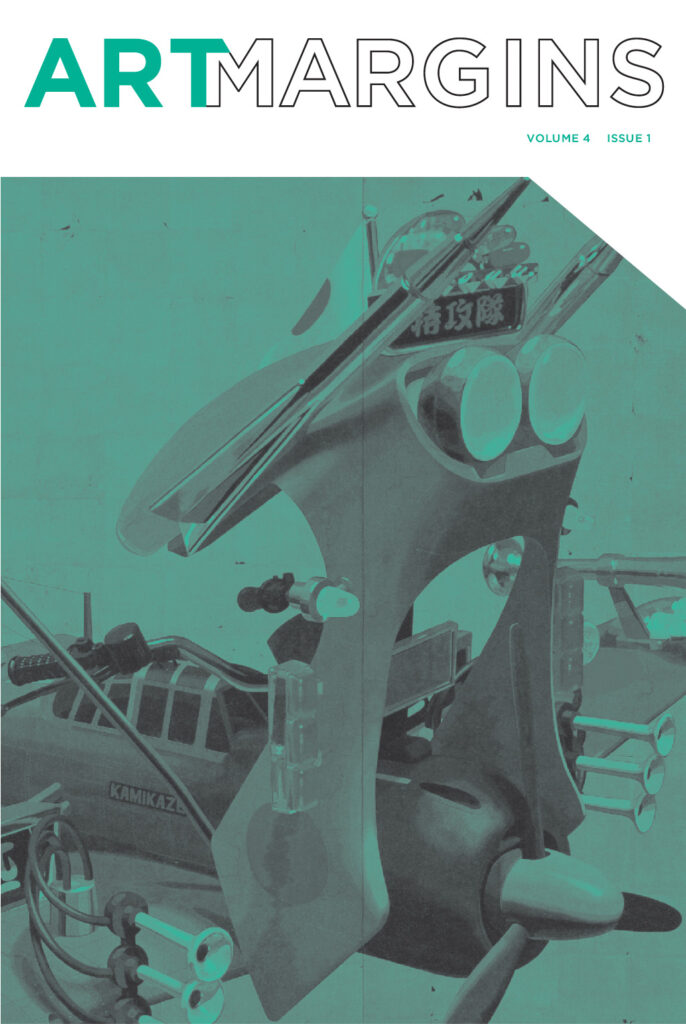The Painting of Sadness? The Ends of Nihonga, Then and Now
Chelsea Foxwell
Nihonga (literally “Japanese painting”) is a term that arose in 1880s Japan in order to distinguish existing forms of painting from newly popularized oil painting,...
Olga’s Notes: This Whole New World
Marwa Arsanios
Olga's Notes is a script for a movie. This project tells a story composed of various collected notes, written mainly while reading Al-Hilal magazine (an...
Is a Global History of Architecture Displayable? A Historiographical Perspective on the 14th Venice Architecture Biennale and Louvre Abu Dhabi
Esra Akcan
This article comparatively discusses the 14th International Architecture Biennale of Venice, directed by Rem Koolhaas, and the pilot exhibit and architectural design of Louvre Abu...
How the Arab Understood Visual Art
Saloua Raouda Choucair
This introduction and commentary on Saloua Raouda Choucair's article “How the Arab Understood Visual Art” (translation by author in this issue) sets the context in...
Kubler’s Sarcophagus: Cold War Archaeologies of the Olmec Periphery
Luis M. Castañeda
This article examines conflicting racial, archaeological and art historical interpretations of Olmec art produced in the United States in the early 1960s. It inscribes shifting...
Toward a Material Modernism: Introduction to S. R. Choucair’s “How the Arab Understood Visual Art”
Kirsten Scheid
This introduction and commentary on Saloua Raouda Choucair's article “How the Arab Understood Visual Art” (translation by author in this issue) sets the context in...


